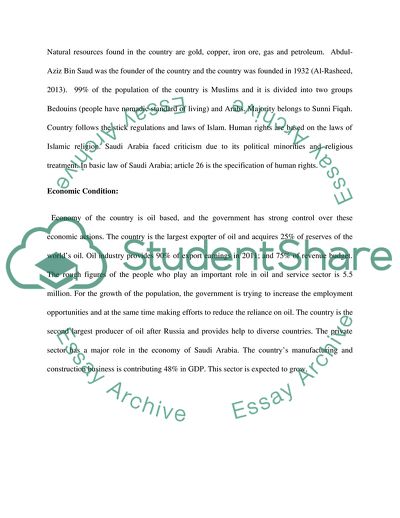Cite this document
(Country Project Report. Saudi Arabia Term Paper, n.d.)
Country Project Report. Saudi Arabia Term Paper. https://studentshare.org/macro-microeconomics/1814185-country-project-report-saudi-arabia
Country Project Report. Saudi Arabia Term Paper. https://studentshare.org/macro-microeconomics/1814185-country-project-report-saudi-arabia
(Country Project Report. Saudi Arabia Term Paper)
Country Project Report. Saudi Arabia Term Paper. https://studentshare.org/macro-microeconomics/1814185-country-project-report-saudi-arabia.
Country Project Report. Saudi Arabia Term Paper. https://studentshare.org/macro-microeconomics/1814185-country-project-report-saudi-arabia.
“Country Project Report. Saudi Arabia Term Paper”. https://studentshare.org/macro-microeconomics/1814185-country-project-report-saudi-arabia.


